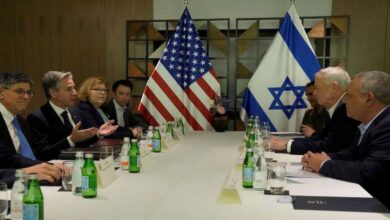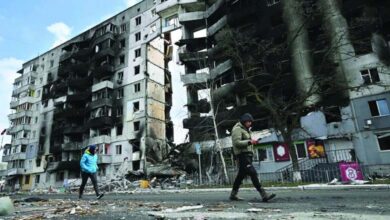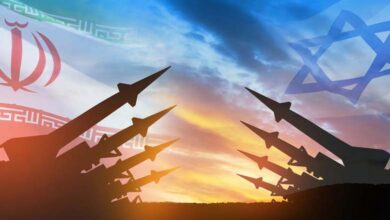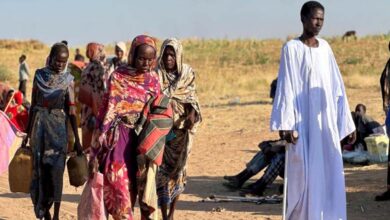Syria after al-Assad: Will the new army turn into another version of “ISIS”?
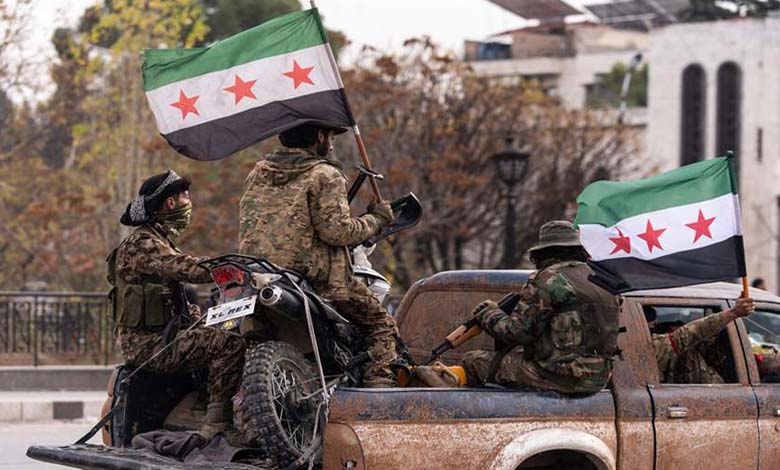
This week, Syria witnessed yet another episode of sectarian violence, after a video surfaced showing the killing of a volunteer paramedic in the Sweida hospital at the hands of armed men affiliated with the interim government led by Ahmed al-Sharaa.
The footage, released by “Sweida 24,” documented the storming of the province’s main hospital by militants, where dozens of bodies were later discovered inside the building.
-
Hezbollah Cell in Syria: Details of the Terrorist Plot and Heavy Weapons Seizure
-
Syria Urges the UN Security Council to Take a Firm Stance Against Israeli Airstrikes
This bloody incident reignited debate over the nature of the new regime that has dominated Syria since al-Assad’s downfall in December 2024, a regime increasingly controlled by Sunni Islamist forces, according to an extensive report published by the Arab Center for Research.
The report stressed that the Sweida massacre was not an isolated event but marked the third major wave of sectarian violence in only eight months: the first in March, when more than a thousand people were killed in massacres targeting Alawite areas along the coast; the second in April, when about a hundred Druze were slain in Damascus after the circulation of an offensive message falsely attributed to a Druze cleric.
-
ISIS Booby-Traps Al-Hol Camp in Eastern Syria as Terrorist Operations Escalate Amid International Security Efforts
-
Details of Israel’s first airborne landing of its kind in Syria
Clear patterns have emerged: minorities are consistently the targets, and the perpetrators belong to Sunni Islamist groups tied directly or indirectly to the ruling authorities in Damascus.
This raises serious questions about how different Ahmed al-Sharaa’s government and Hay’at Tahrir al-Sham truly are from previous jihadist experiments, such as the so-called “ISIS Caliphate,” which collapsed swiftly under the weight of its brutality and inability to forge alliances.
Even more alarming is the fact that Hay’at Tahrir al-Sham, despite its tactical differences, has deliberately integrated less disciplined and more violent Islamist and jihadist factions into the structure of the new army.
-
Key Provisions of the Expected Security Settlement Agreement Between Syria and Israel
-
Shock in Syria after execution of medic at Suwayda hospital
Research reports revealed the appointment of figures notorious for sectarian violence, such as Mohammad al-Jassem and Sayf Abu Bakr, along with some twenty-two other commanders with jihadist backgrounds. These appointments fuel fears that the army may evolve into a state-backed instrument for institutionalized sectarian violence.
In response, the Syrian Democratic Council convened a conference in Hasakah, gathering Kurds, Druze, and Alawites in an attempt to forge a cross-sectarian political alliance.
-
Syria Welcomes Multi-Billion Dollar Investments for Post-War Reconstruction
-
Israel Fears a New October 7 from Syria and Strengthens Borders with Barriers and Additional Forces
While the conference did not announce any security-related measures, observers considered it a preliminary step toward a potential counter-coalition should sectarian abuses by the new military continue.
Thus, post-Assad Syria appears caught between a jihadist order seeking to entrench its authority through force and bloodshed, and local forces striving to build an alternative capable of safeguarding the state from sliding into an even wider massacre.




